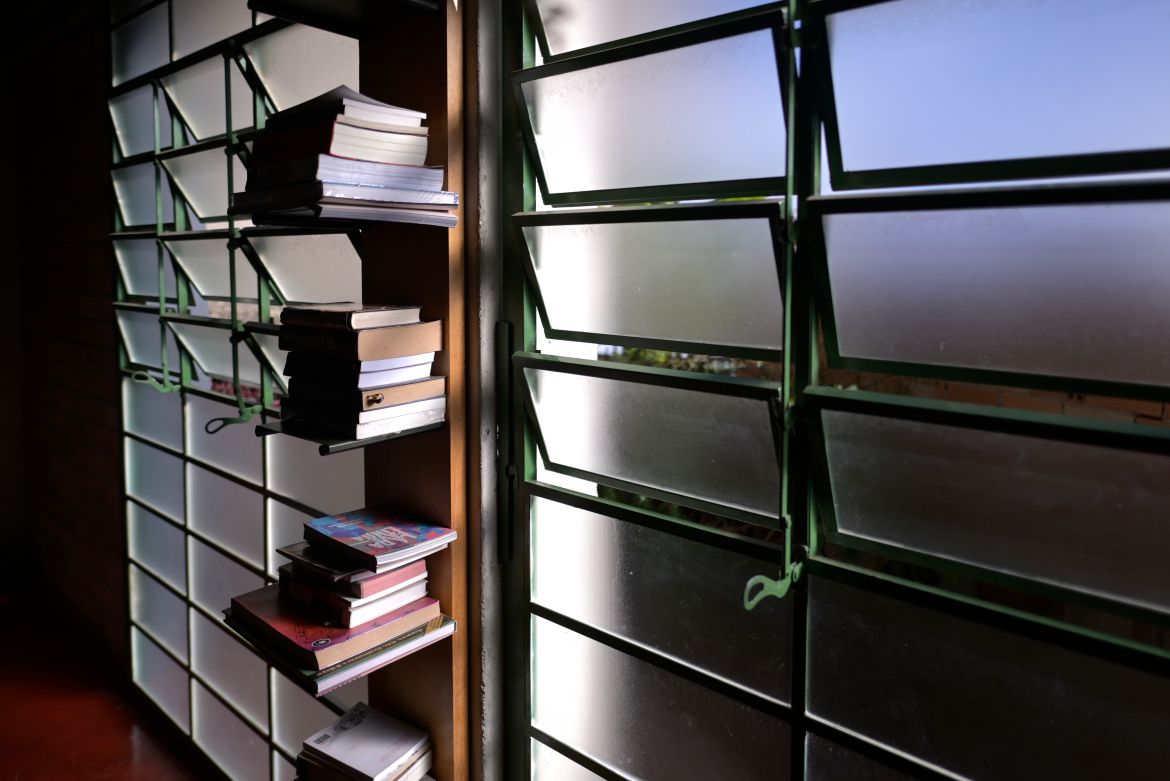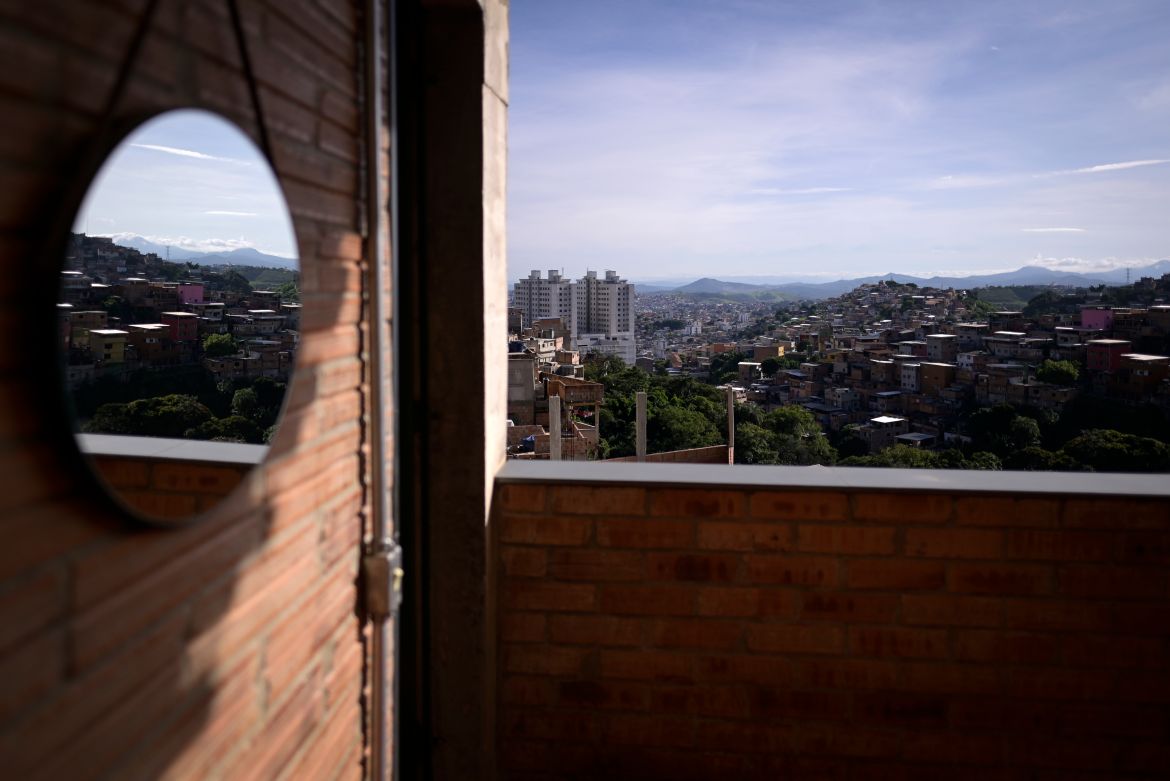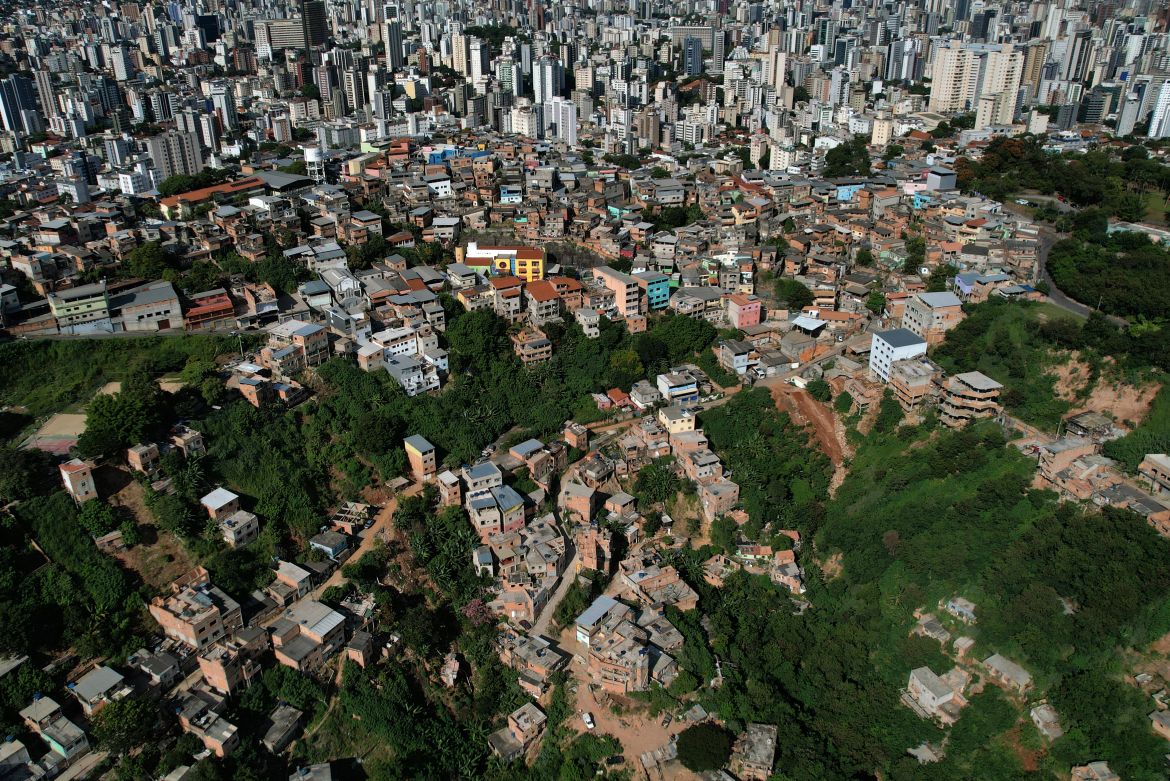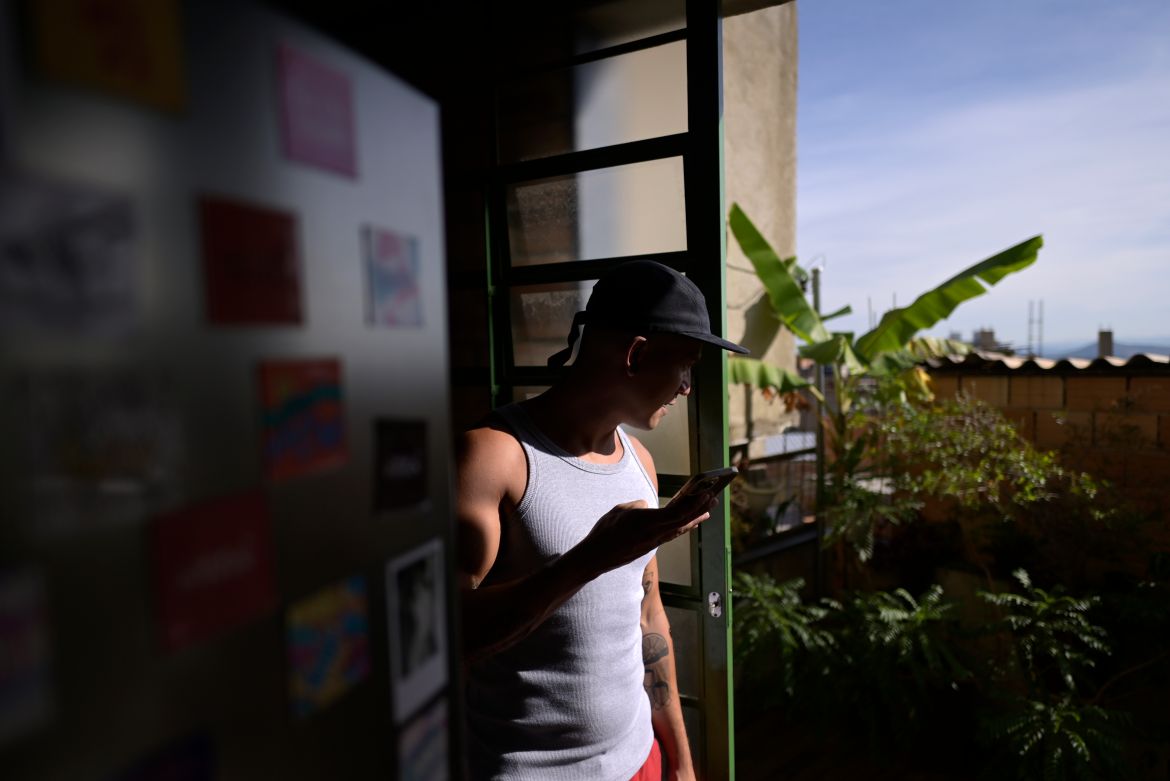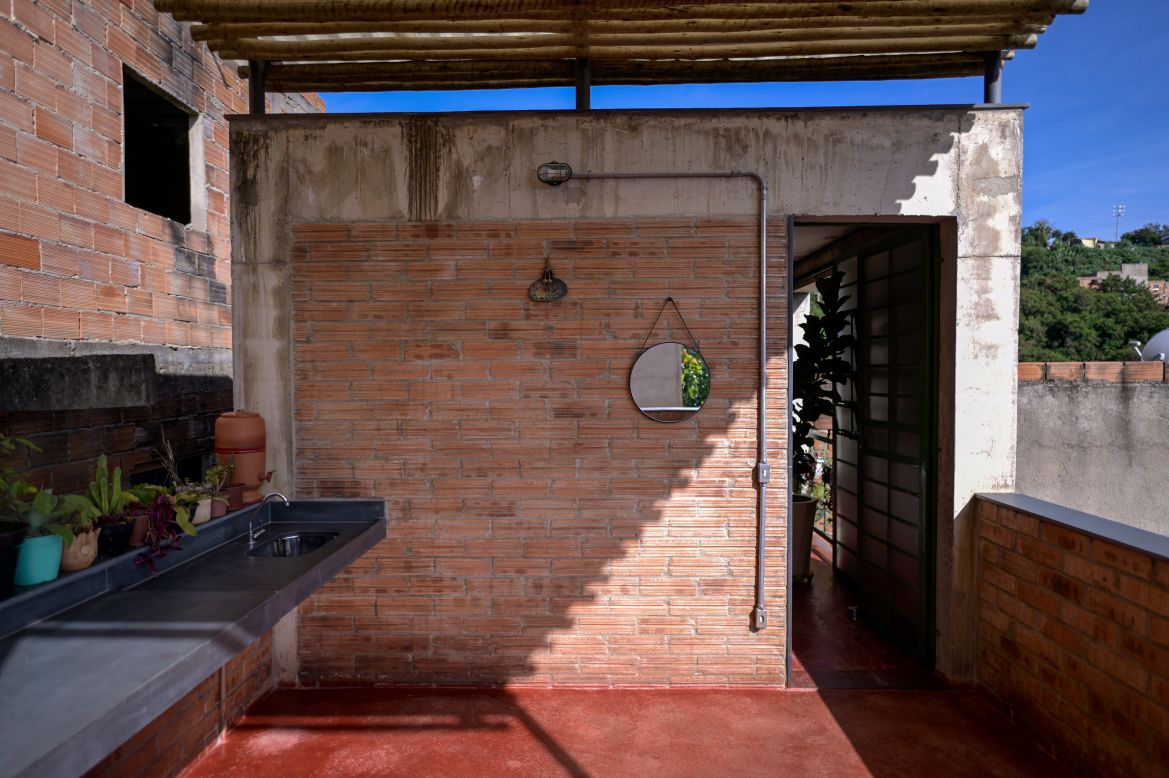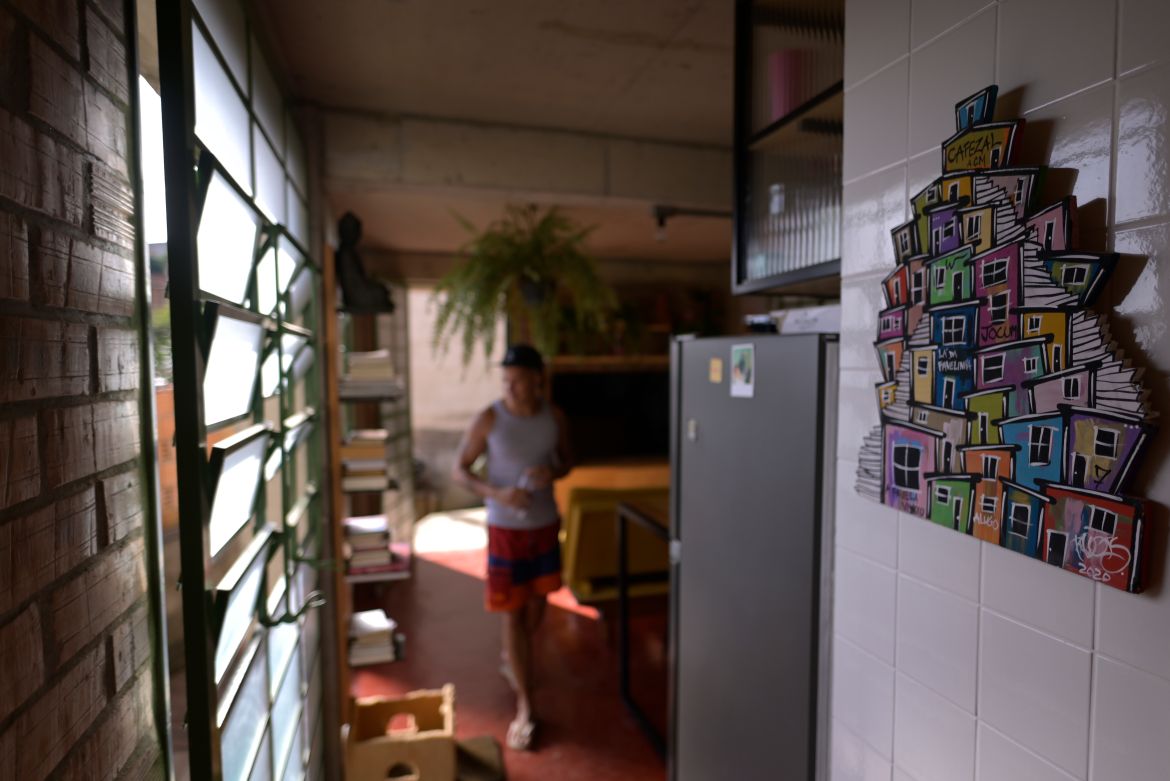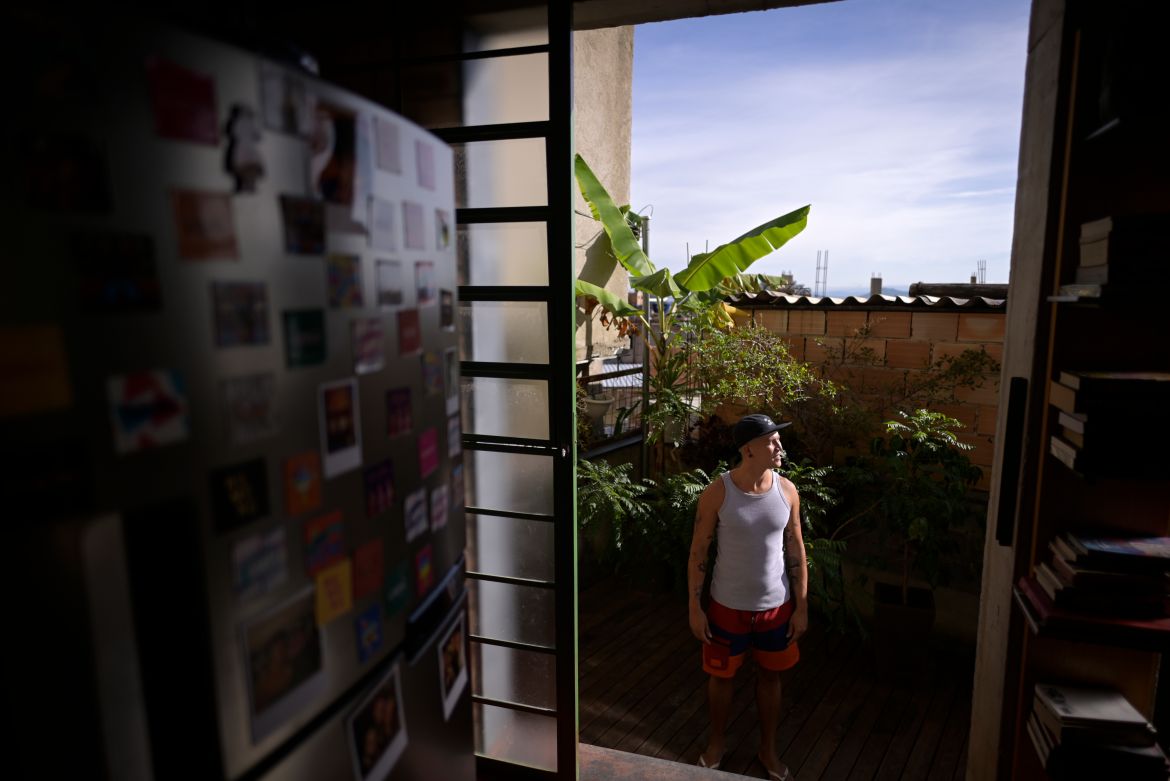In Pictures
Brazilian favela ‘shack’ wins ‘house of the year’ award
A two-storey house in a Belo Horizonte favela has won an international architecture prize for its ingenious design.
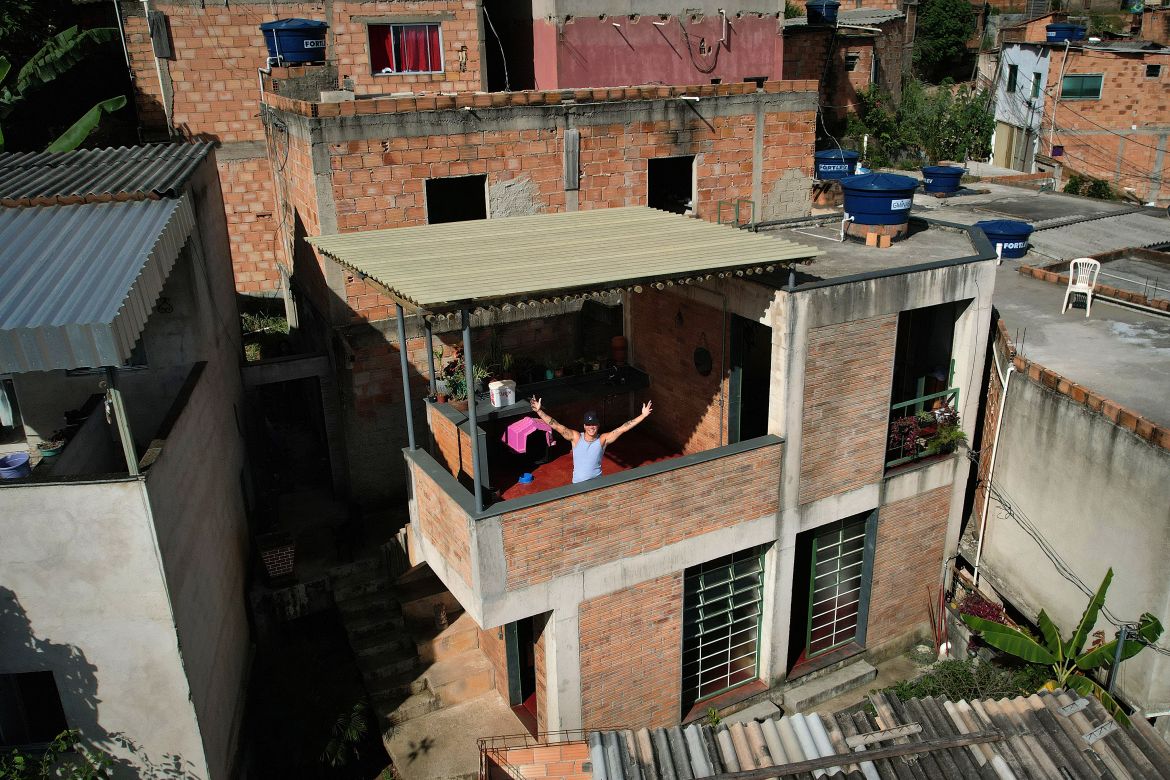
At first glance, it is a house like dozens of others in the crowded favelas of Brazil. But this seemingly modest dwelling of 66 square metres (710 square feet), with its exposed brick walls, has just been recognised as the “house of the year” in an international architecture competition.
The house honoured by specialised website ArchDaily belongs to Kdu dos Anjos, a 32-year-old artist living in the bustling Aglomerado da Serra favela at the bottom of a hill on the edge of the southeastern city of Belo Horizonte.
The two-storey structure defeated some more imposing contest entries from India, Mexico, Vietnam and Germany.
“I’m very proud that my house won this prize, because most of the news about the favelas talks of violence and homes destroyed by landslides,” said dos Anjos.
“Today, my home is on top of the world!”
The house, built on a small lot dos Anjos purchased in 2017, is well ventilated and enjoys abundant natural light; it features horizontal casement windows and a large terrace.
“The design of the house represents a constructive model that uses common materials in the slums, with an adequate implementation and attention to lighting and ventilation, resulting in a space with great environmental quality,” ArchDaily wrote on its website.
For dos Anjos, who founded a cultural centre in his community, the prize carries special significance.
“I know my house isn’t the most chic in the world, but it’s a well-built shack,” he says with a grin.
Dos Anjos has been living there since 2020, along with two dogs, a cat and more than 60 plants.
“What the architects did is pure magic,” he added. “We barely have 66 square metres, but I’ve had parties here with close to 200 people.”
The design was the work of the Levante architecture collective, which does pro bono or low-cost work in the favelas.
From the outside, the house resembles its neighbours, but it incorporates several features that make it both sturdier and more respectful of the environment, particularly in its “attention to lighting and ventilation,” said architect Fernando Maculan, the project leader.
One apparent difference with nearby houses is in the arrangement of the bricks, laid horizontally — not vertically — and in staggered rows, which adds solidity and improves insulation.
The project took eight months — and a lot of work.
“The masons were angry because they thought laying bricks this way was very time-consuming,” Maculan said.
“And we had a lot of trouble getting the materials up the stairs — it’s the last house on the alley, and I had to pay the workers who carried it a lot,” he said. The narrow, twisting roads in the favela are difficult for vehicles to navigate.
The entire job cost 150,000 Brazilian reais ($29,000), and the investment paid off in more ways than one: Not only did the architecture prize bring international recognition, the house has helped dos Anjos realise a childhood dream.
“When I was a boy, I lived in a very modest, poorly insulated room. I even got stung by a scorpion — my sister did too,” he said.
“Winning this prize after having suffered from architecture-related problems represents a great victory for me.”
